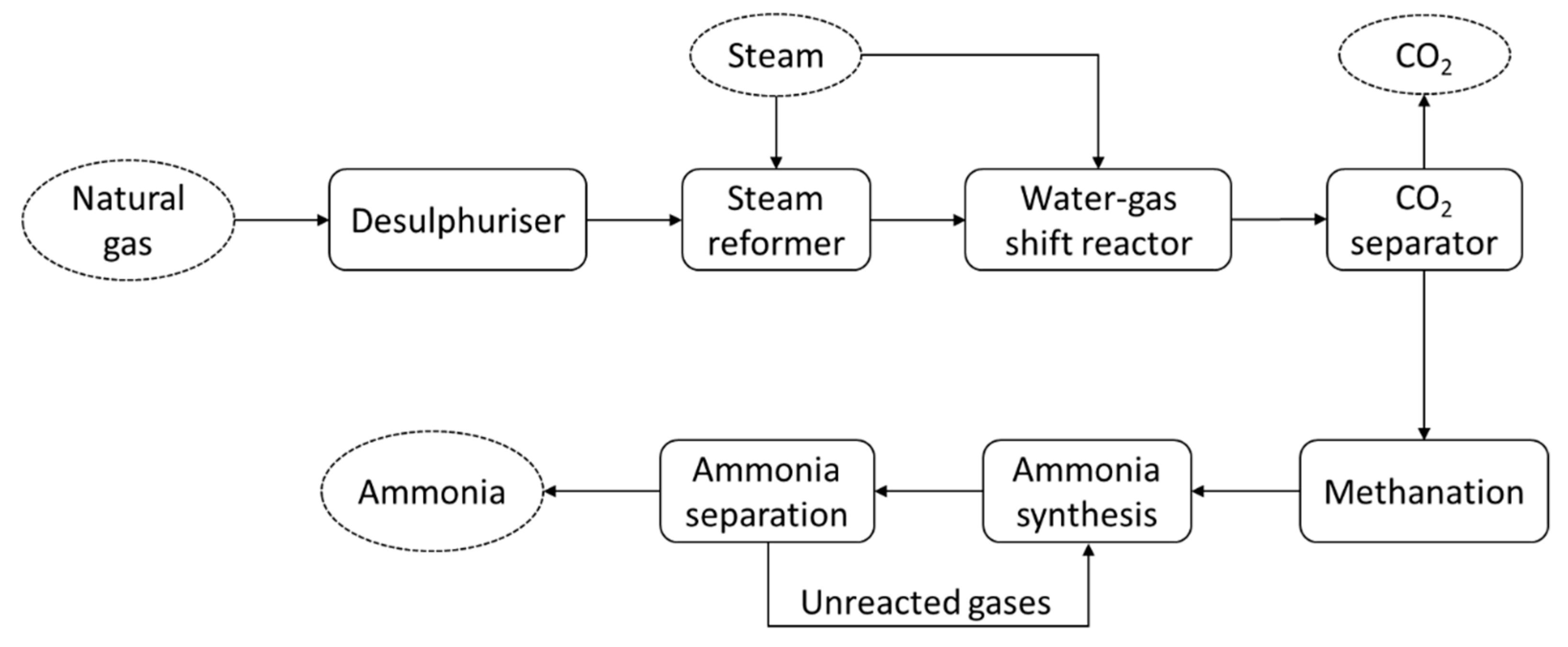Understanding Ammonia In Baby Stool: A Guide To Causes And Concerns
As a parent, you check your baby’s diaper often, and you may notice something unusual in the stool. Discovering ammonia in your baby’s stool can be alarming. But what is ammonia, and how can it affect your baby? This blog post will provide you with a comprehensive guide to understanding ammonia in baby stool.

Improving energy efficiency in an ammonia production plant – AmmoniaKnowHow – Source ammoniaknowhow.com
Understanding Ammonia
Ammonia is a natural waste product created when the body breaks down protein-containing foods. Small amounts are naturally present in baby stool. Their digestive systems are still developing, and their stools may contain higher levels of ammonia than adults.

What Does Infant Diarrhea Look Like – Aaron Easton’s Blog – Source aaroneaston28.weebly.com
High Levels
High levels of ammonia in your baby’s stool can be concerning, indicating an underlying issue. Your baby may have eaten too much protein or may not be absorbing nutrients properly. Another possibility is a gastrointestinal condition, such as an infection or malabsorption. Ammonia can also be a sign of certain metabolic disorders or liver disease.

Ammonia SA.pdf | DocDroid – Source www.docdroid.net
Symptoms and Causes
While there are no specific symptoms linked to ammonia in baby stool, high levels may be associated with poor appetite, weight loss, or developmental delays. As mentioned earlier, protein-rich diets, certain medical conditions, or malabsorption can cause it. In rare cases, high levels may be caused by a genetic disorder.

Ammonia Fertilizer Process – Source ar.inspiredpencil.com
Types of Disorders
One of the most common genetic disorders causing high ammonia levels is urea cycle disorder. This disorder affects the body’s ability to break down ammonia. Another disorder is organic acidemia, which affects the body’s ability to break down proteins and fats. Certain liver diseases, such as cirrhosis or hepatitis, can also lead to elevated ammonia levels.
Understanding Ammonia: Causes, Effects, and Treatment – Source gamma.app
Diagnosis and Treatment
Your doctor will perform various tests to diagnose high ammonia levels. These tests include blood tests, urine tests, and possibly a liver biopsy. Treatment options depend on the underlying cause. For example, if your baby has an urea cycle disorder, they may need dietary changes, medications, or even a liver transplant.

Ammonia Storage Guidelines – US Hazmat Storage – Source ushazmatstorage.com
Conclusion
Understanding ammonia in baby stool is crucial for maintaining your baby’s health. High levels can signify an underlying health condition that requires further examination and treatment. Consult your doctor if you have any concerns about your baby’s stool to ensure their well-being.





